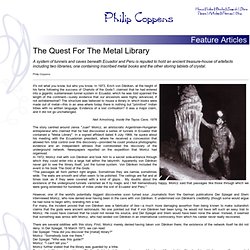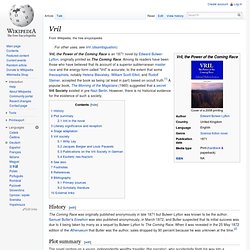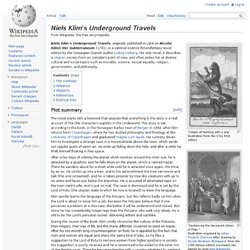

The Quest For The Metal Library. The Quest For The Metal Library A system of tunnels and caves beneath Ecuador and Peru is reputed to hold an ancient treasure-house of artefacts including two libraries, one containing inscribed metal books and the other storing tablets of crystal.

Philip Coppens It's not what you know, but who you know. In 1973, Erich von Däniken, at the height of his fame following the success of Chariots of the Gods? , claimed that he had entered into a gigantic subterranean tunnel system in Ecuador, which he was told spanned the length of the continent—surely evidence that our ancestors were highly advanced, if not extraterrestrial? Neil Armstrong, inside the Tayos Cave, 1976 The story centred around Janos "Juan" Moricz, an aristocratic Argentinian-Hungarian entrepreneur who claimed that he had discovered a series of tunnels in Ecuador that contained a "Metal Library". However, one of the world's potentially biggest discoveries soon turned sour.
There are several oddities with this story. Where was it? Vril. Vril, the Power of the Coming Race is an 1871 novel by Edward Bulwer-Lytton, originally printed as The Coming Race.

Among its readers have been those who have believed that its account of a superior subterranean master race and the energy-form called "Vril" is accurate, to the extent that some theosophists, notably Helena Blavatsky, William Scott-Elliot, and Rudolf Steiner, accepted the book as being (at least in part) based on occult truth.[1] A popular book, The Morning of the Magicians (1960) suggested that a secret Vril Society existed in pre-Nazi Berlin. However, there is no historical evidence for the existence of such a society. History[edit] Plot summary[edit] The novel centres on a young, independently wealthy traveller (the narrator), who accidentally finds his way into a subterranean world occupied by beings who seem to resemble angels and call themselves Vril-ya. Vril in the novel[edit] Literary significance and reception[edit]
A Voyage to Arcturus. A Voyage to Arcturus is a novel by Scottish writer David Lindsay , first published in 1920 .

It combines fantasy , philosophy , and science fiction in an exploration of the nature of good and evil and their relationship with existence . It has been described by critic and philosopher Colin Wilson as the "greatest novel of the twentieth century", [ 1 ] and was a central influence on C. S. Lewis 's Space Trilogy . [ 2 ] Also J. R. . [ edit ] Plot synopsis An interstellar voyage is the framework for a narrative of a journey through fantastic landscapes. Maskull, a man longing for adventures, accepts an invitation from Krag, an acquaintance of his friend Nightspore, to travel to Tormance after a seance. All of the characters and lands are types used to convey the author's critique of several philosophical systems.
. [ edit ] Contents by chapter Chapter 1 – The Seance Chapter 2 – In the Street Chapter 3 – Starkness Chapter 4 – The Voice Chapter 5 – The Night of Departure Chapter 6 – Joiwind William J. Etidorhpa. The Smoky God. Niels Klim's Underground Travels. "Citizen of Martinia with a wig" Illustration from the 1741 first edition.

Niels Klim's Underground Travels , originally published in Latin as Nicolai Klimii Iter Subterraneum (1741), is a satirical science-fiction/fantasy novel written by the Norwegian–Danish author Ludvig Holberg . His only novel, it describes a utopian society from an outsider's point of view, and often pokes fun at diverse cultural and social topics such as morality, science, sexual equality, religion, governments, and philosophy. [ edit ] Plot summary The novel starts with a foreword that assures that everything in the story is a real account of the title character's exploits in the Underworld. The story is set, according to the book, in the Norwegian harbor town of Bergen in 1664, after Klim returns from Copenhagen , where he has studied philosophy and theology at the University of Copenhagen and graduated magna cum laude. . [ edit ] Influence [ edit ] Allusions [ edit ] References [ edit ] External links.